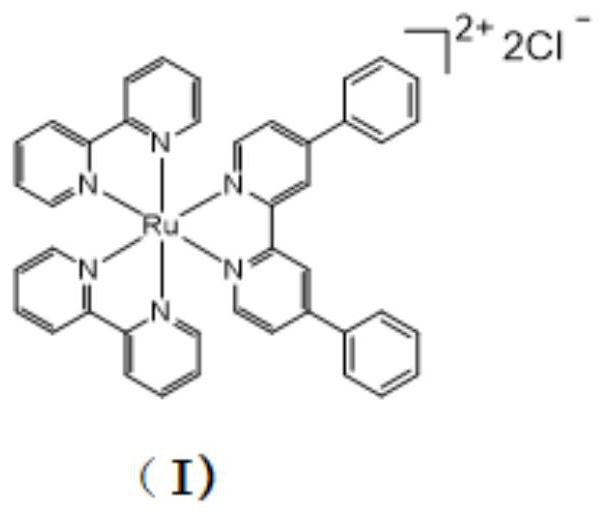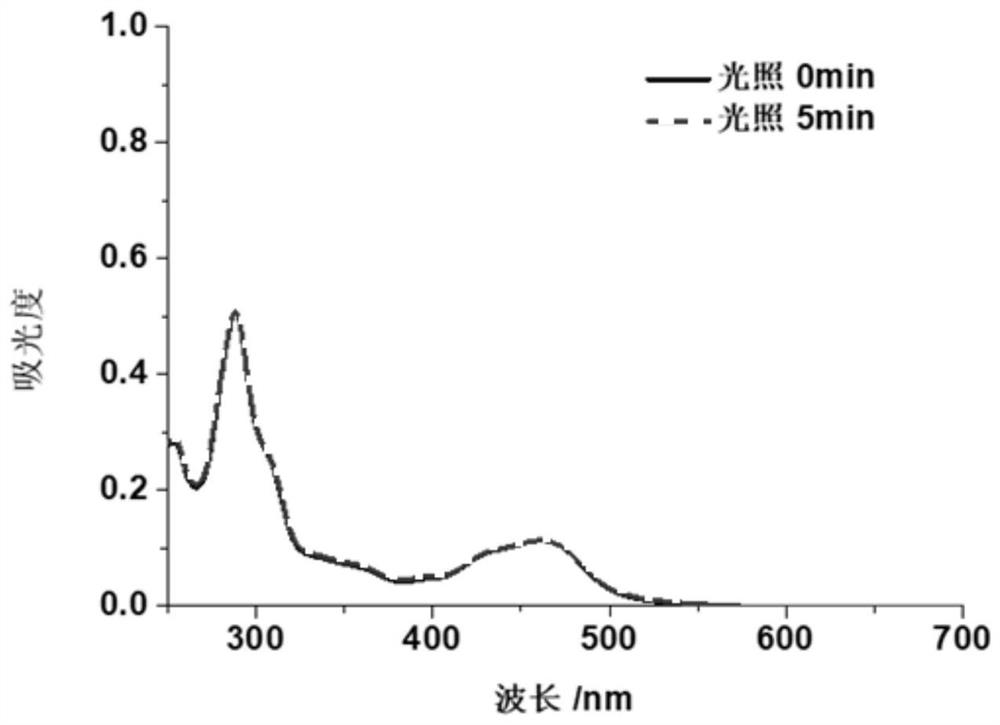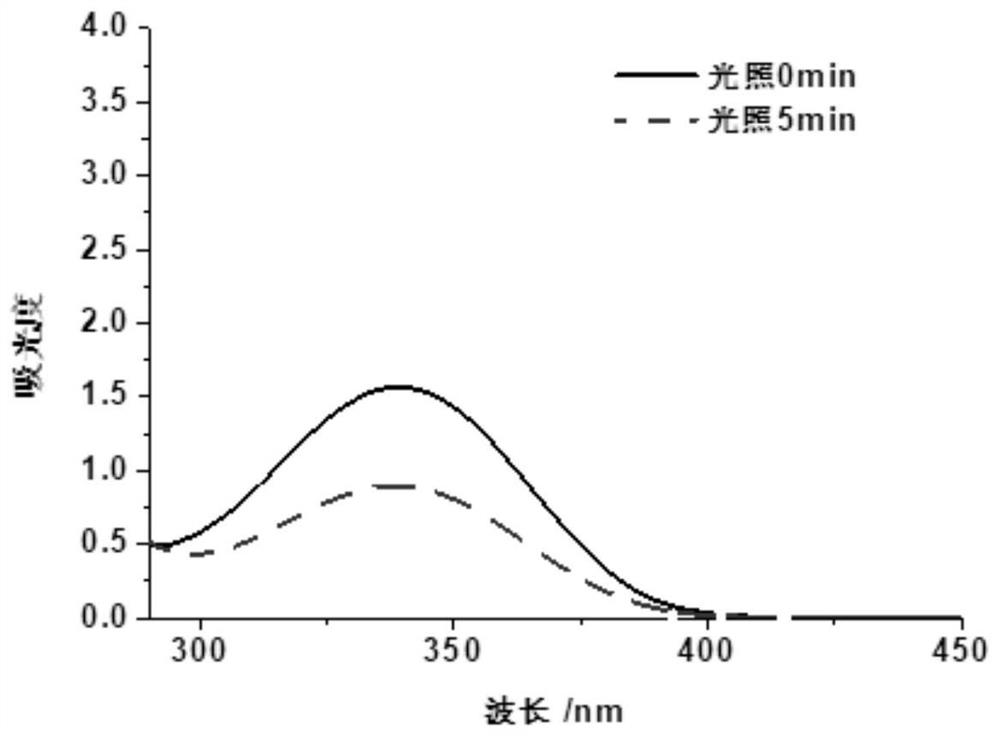Novel targeted lysosome ruthenium photocatalyst as well as preparation method and application thereof
A technology of photocatalysts and lysosomes, applied in the field of medicine, can solve problems such as the decline in the quality of life of patients and achieve high curative effect
- Summary
- Abstract
- Description
- Claims
- Application Information
AI Technical Summary
Problems solved by technology
Method used
Image
Examples
Embodiment 1
[0032] A novel targeting lysosome ruthenium photocatalyst, its structure is as formula (I):
[0033]
[0034] The preparation method of formula (I) compound:
[0035] Bis(2,2'-dipyridyl)ruthenium(II) dichloride dihydrate (0.0520g, 0.1mmol) and 4,4'-diphenyl-2,2'-bipyridine (0.0308g, 0.1 mmol) in ethanol (20 mL) was heated to 80° C., refluxed for 24 hours and then cooled to room temperature. The precipitate was filtered and washed with ethanol, and dried in vacuo to obtain an orange-red solid. The obtained crude product was purified by neutral alumina column chromatography (solvent: methanol / dichloromethane=1 / 99), and recrystallized by dichloromethane / diethyl ether to obtain orange-red crystalline ruthenium (II) complex (0.0619g, 0.078mmol), yield 78%. Characterized by mass spectrometry and NMR, its molecular formula is C 42 h 32 Cl 2 N 6 Ru, ESI-MS[CH3OH,m / z]:361[M-2Cl] 2+ . 1 H NMR (400MHz, DMSO) 9.37(d, J=1.6Hz, 2H), 8.91(d, J=8.1Hz, 4H), 8.20(d, J=1.7Hz, 4H), 8.0...
experiment example 1
[0039] The photostability of the formula (I) compound that embodiment obtains is tested
[0040] Put the luminescent quartz cuvette containing the PBS solution of the ruthenium complex (10M) under a 465nm light source for 5 minutes of radiation (the light dose is 11.7J / cm 2) to measure the absorbance of the solution. The effect of ruthenium(II) complexes under 465nm light radiation is as follows: figure 2 As shown, the ultraviolet-visible absorption spectrum of the ruthenium (II) complex does not change substantially before and after light irradiation, and it can be seen that the ruthenium (II) complex has strong photostability.
experiment example 2
[0042] Ability of Photocatalytic Oxidation of NADH by Ru(II) Complexes
[0043] Under photocatalysis, metal complexes can oxidize reduced coenzyme I (NADH) to its oxidized state (NAD + ), so the ruthenium complex (2M) and NADH (A 339nm =1.5) the luminescent quartz cuvette is placed under a 465nm light source for 5 minutes of radiation (the light dose is 11.7J / cm 2 ) to measure the absorbance of the solution. The effect of ruthenium(II) complexes on the oxidation of NADH under 465nm light irradiation is as follows: image 3 As shown, the ruthenium (II) complex has photocatalytic oxidation ability for NADH.
PUM
 Login to View More
Login to View More Abstract
Description
Claims
Application Information
 Login to View More
Login to View More - R&D
- Intellectual Property
- Life Sciences
- Materials
- Tech Scout
- Unparalleled Data Quality
- Higher Quality Content
- 60% Fewer Hallucinations
Browse by: Latest US Patents, China's latest patents, Technical Efficacy Thesaurus, Application Domain, Technology Topic, Popular Technical Reports.
© 2025 PatSnap. All rights reserved.Legal|Privacy policy|Modern Slavery Act Transparency Statement|Sitemap|About US| Contact US: help@patsnap.com



